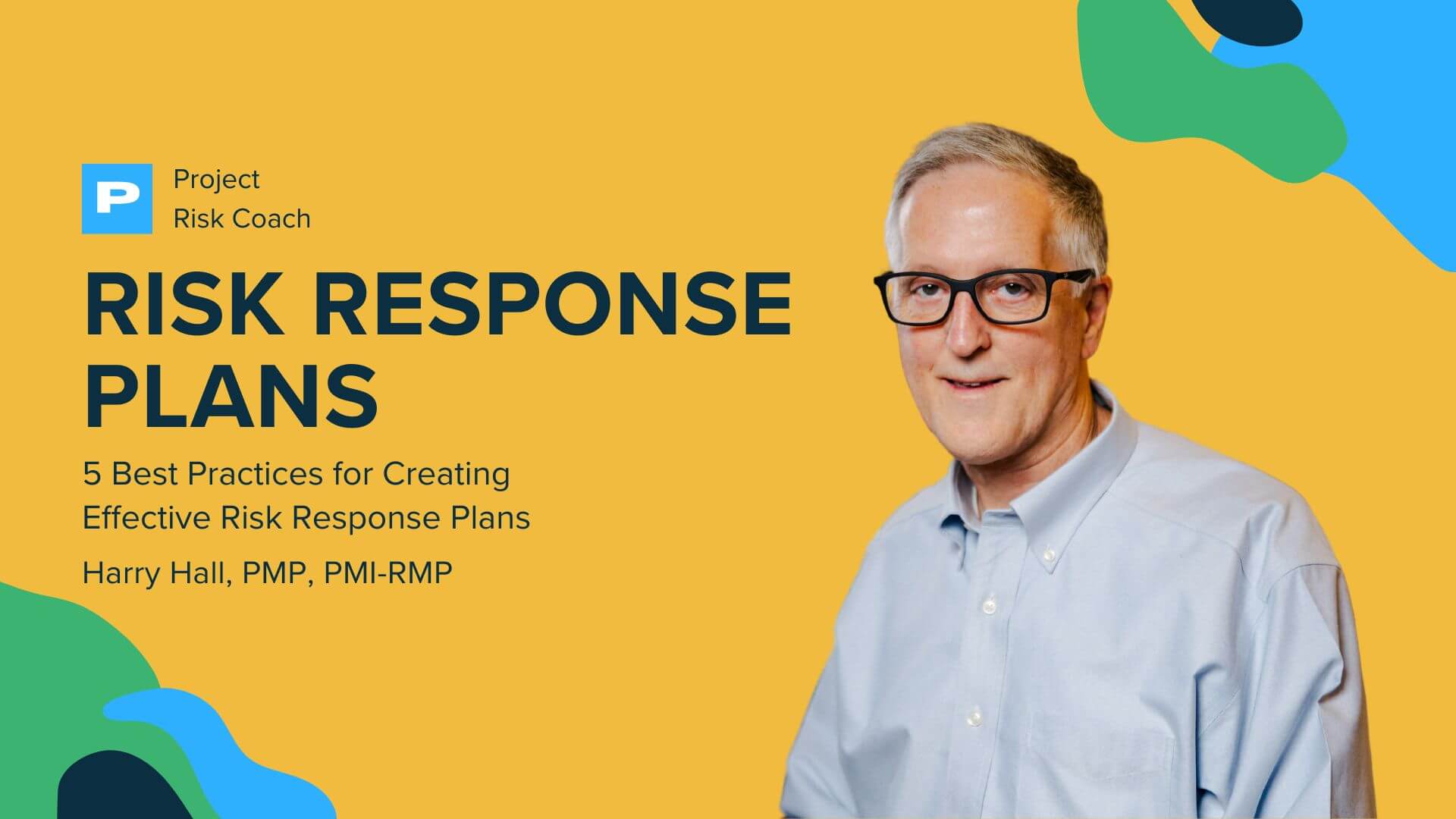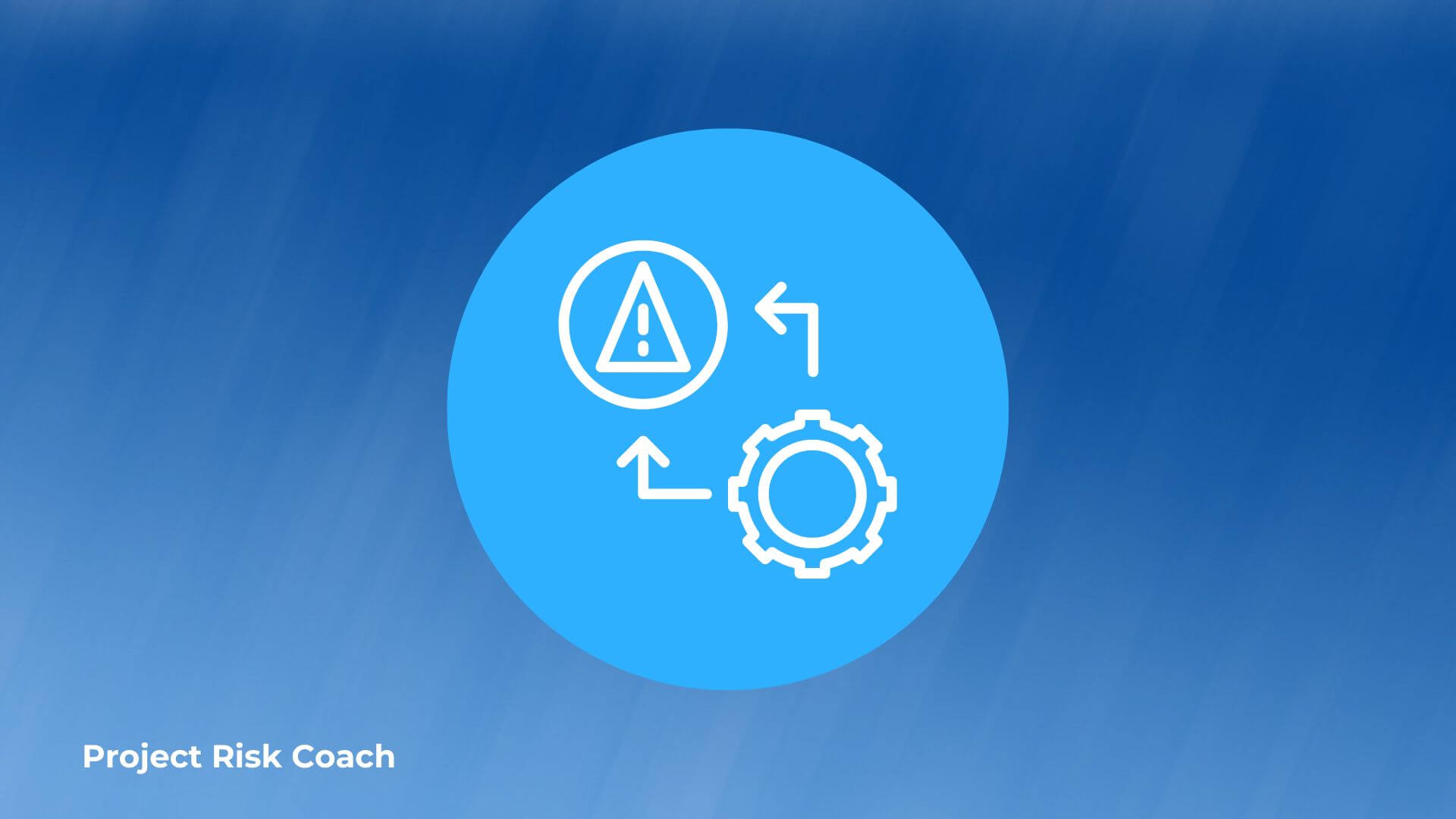In the dynamic world of project management, risks are inevitable. They can stem from various sources, including technological challenges, resource constraints, and external factors such as regulatory changes. An effective project risk response plan is crucial for navigating these uncertainties and ensuring project success. Here are five best practices to guide you in creating robust risk response plans.

1. Comprehensive Risk Identification
The foundation of an effective risk response plan lies in the thorough identification of potential risks. This process goes beyond the obvious, delving into the less apparent risks that could derail a project.
Employ techniques such as brainstorming sessions, Delphi method, SWOT analysis (Strengths, Weaknesses, Opportunities, Threats), and review of historical project data to uncover a broad spectrum of risks.
Engaging a diverse group of stakeholders, including team members, customers, and suppliers, can provide different perspectives and enhance the risk identification process.
2. Risk Analysis and Prioritization
Once risks are identified, the next step is to analyze and prioritize them based on their potential impact and likelihood of occurrence. This can be achieved through qualitative methods, such as risk matrices, or quantitative methods, like Monte Carlo simulations.
Prioritizing risks allows project managers to focus their efforts and resources on managing the most critical risks, ensuring that minor risks do not consume disproportionate attention and resources.
3. Developing Tailored Risk Responses
Effective risk response plans are tailored to the specific nature and context of each risk.
Threat Response Strategies
Generally, threat response strategies fall into four categories:
- Avoid
- Transfer
- Mitigate
- Accept.
Opportunity Response Strategies
Opportunity response strategies include:
- Exploit
- Enhance
- Share
- Accept
Choosing the right response involves considering the risk's impact, the cost of response, and the project's objectives.
For instance, high-impact risks might require avoidance or transfer strategies, while lower-impact risks might be mitigated or accepted. Developing contingency plans for critical risks can also provide a ready course of action if specific risks materialize.

4. Assigning Risk Ownership
Assigning a risk owner for each identified risk is a critical step in ensuring accountability and effective risk management. Risk owners are responsible for monitoring their assigned risks and implementing the response plans. They should have the authority, knowledge, and resources necessary to manage the risk effectively. Clear communication of roles and responsibilities is essential to avoid overlaps or gaps in risk management efforts.
5. Continuous Monitoring and Review
Risk management is an ongoing process that does not end once the initial risk response plan is developed. Continuous monitoring of the risk environment is essential to identify new risks and assess the effectiveness of risk responses.
Regular review meetings should be scheduled to discuss the status of risks, the effectiveness of response strategies, and any necessary adjustments to the risk response plan. This iterative process ensures that the project adapts to changing conditions and that risks are managed proactively.
Conclusion
Creating an effective project risk response plan is a critical component of successful project management. By following these best practices, project managers can ensure that they are well-prepared to identify, analyze, and respond to risks in a way that minimizes their impact on project objectives. Remember, the goal is not to eliminate all risks but to manage them in a way that ensures project success despite uncertainties.
PMI-RMP Exam Prep Course - Join Now!
